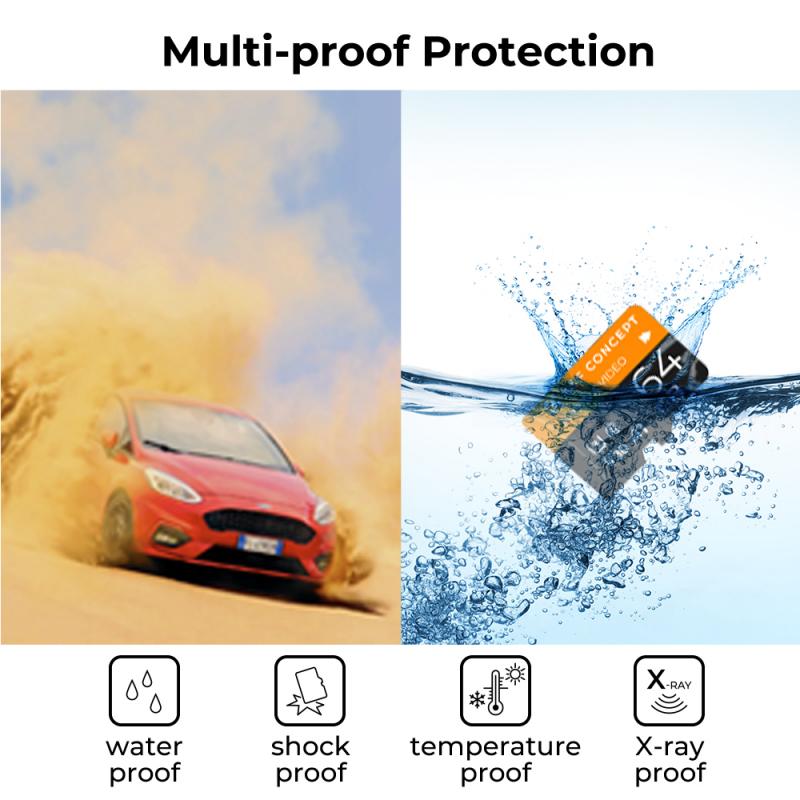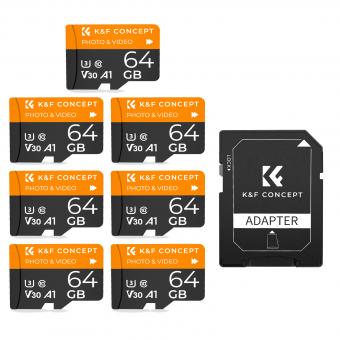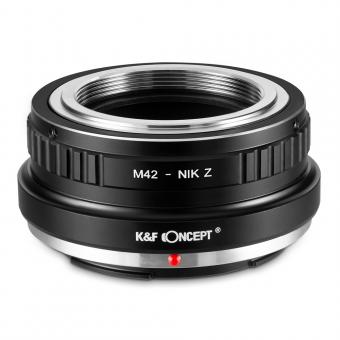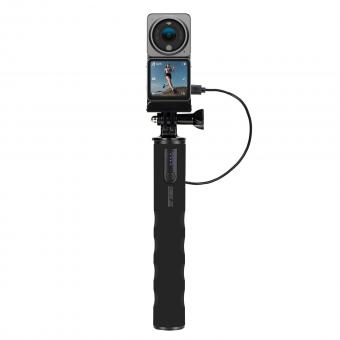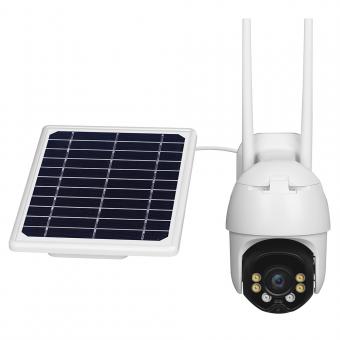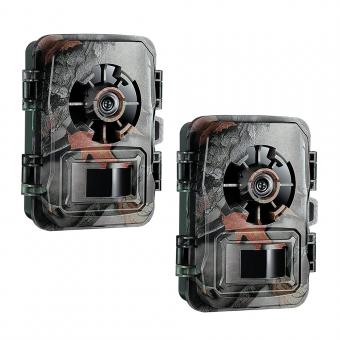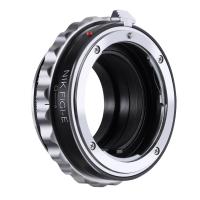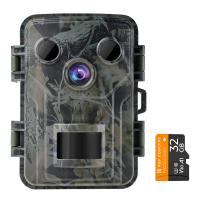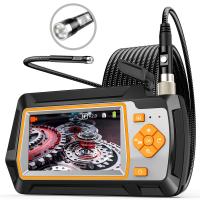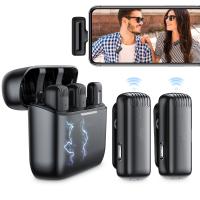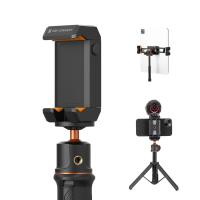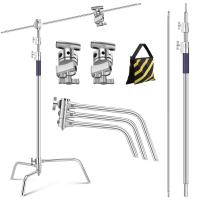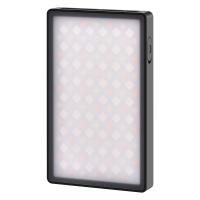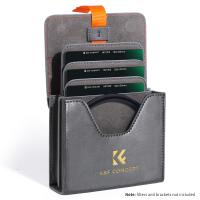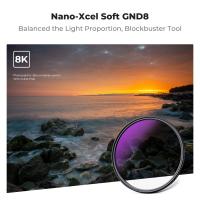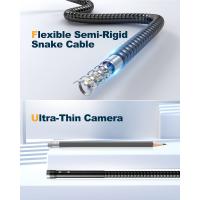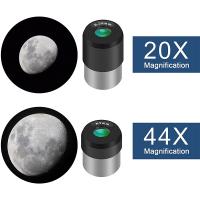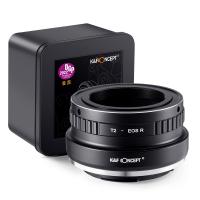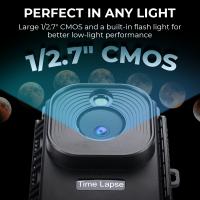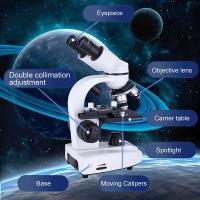What Does A Surveillance Camera Look Like ?
A surveillance camera typically appears as a small, box-shaped device with a lens at the front. It is often mounted on walls, ceilings, or poles, and may be enclosed in a protective casing. Surveillance cameras come in various sizes and designs, but they commonly have a black or white exterior. Some cameras are equipped with infrared LEDs for night vision, while others may have pan, tilt, and zoom capabilities for flexible monitoring. Additionally, modern surveillance cameras often have a sleek and discreet appearance to blend into their surroundings.
1、 Physical Appearance of Surveillance Cameras
A surveillance camera, also known as a security camera or CCTV camera, is a device used to monitor and record activities in a specific area. The physical appearance of surveillance cameras can vary depending on their purpose, location, and technological advancements.
Traditionally, surveillance cameras were bulky and conspicuous, designed to be easily noticeable to deter potential criminals. They typically had a box-like shape with a lens protruding from the front. However, with advancements in technology, surveillance cameras have become more compact and discreet.
Today, surveillance cameras come in various shapes and sizes, catering to different surveillance needs. Dome cameras are one of the most common types, characterized by their dome-shaped housing that allows for 360-degree coverage. They are often used in indoor settings such as offices, retail stores, and public spaces.
Bullet cameras, on the other hand, have a cylindrical shape and are commonly used for outdoor surveillance. They are designed to be weatherproof and can be easily mounted on walls or ceilings. Bullet cameras are often used in parking lots, streets, and other outdoor areas.
In recent years, there has been a rise in the popularity of miniaturized surveillance cameras. These cameras are incredibly small and can be easily concealed, making them ideal for covert surveillance. They can be disguised as everyday objects such as pens, clocks, or even buttons.
With the advancement of technology, surveillance cameras have also become more sophisticated. Many cameras now offer high-definition video recording, night vision capabilities, and remote access through smartphones or computers. Some cameras even have built-in artificial intelligence algorithms that can detect and track specific objects or behaviors.
In conclusion, the physical appearance of surveillance cameras can vary greatly depending on their purpose and technological advancements. From the traditional box-like design to the more discreet dome or bullet cameras, surveillance cameras have evolved to meet the diverse needs of different surveillance applications.
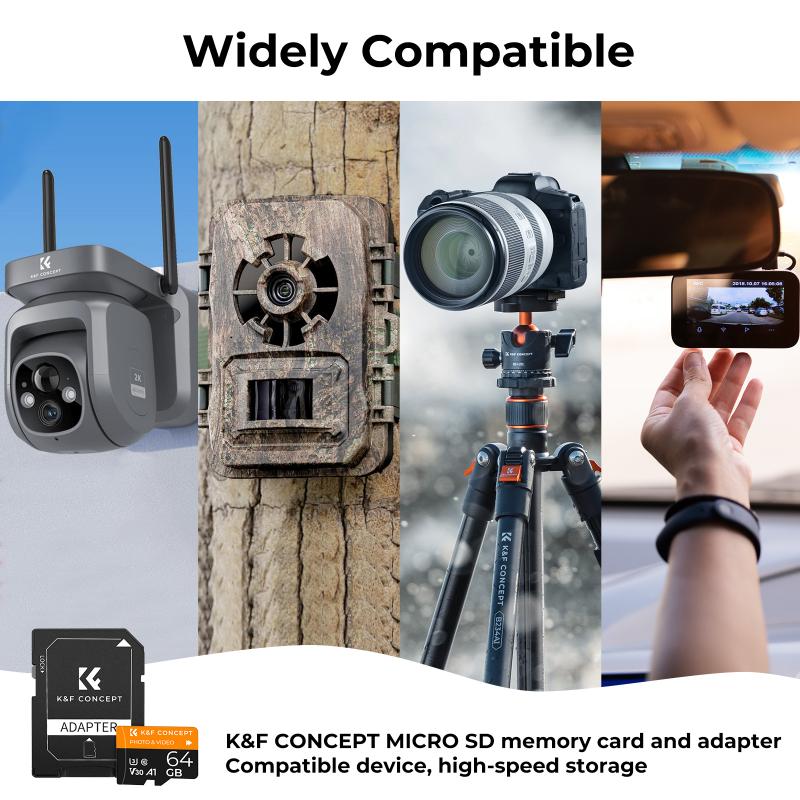
2、 Common Features of Surveillance Cameras
Surveillance cameras, also known as security cameras or CCTV cameras, are widely used for monitoring and recording activities in various settings, including homes, businesses, and public spaces. These cameras come in different shapes and sizes, but they generally share some common features.
Firstly, surveillance cameras are equipped with a lens that captures video footage. The lens determines the field of view and the level of detail that can be captured. Some cameras have fixed lenses, while others have adjustable lenses that allow for zooming in and out.
Secondly, surveillance cameras have image sensors that convert the captured light into an electronic signal. The quality of the image sensor affects the clarity and resolution of the video footage. In recent years, there has been a shift towards high-definition (HD) and even ultra-high-definition (4K) cameras, which provide sharper and more detailed images.
Thirdly, surveillance cameras are typically connected to a recording device or a network video recorder (NVR). This allows for the storage and retrieval of video footage for later review or analysis. With advancements in technology, many cameras now offer cloud storage options, enabling remote access to recorded footage from anywhere with an internet connection.
Furthermore, surveillance cameras often come with infrared (IR) capabilities, allowing them to capture video footage in low-light or nighttime conditions. This is achieved through the use of infrared LEDs that emit invisible light, which the camera's sensor can detect.
Additionally, many surveillance cameras are equipped with motion detection sensors. These sensors can trigger the camera to start recording when motion is detected within its field of view. This feature helps to conserve storage space and makes it easier to locate specific events within the recorded footage.
Lastly, modern surveillance cameras often offer remote viewing capabilities. This means that users can access the live video feed or recorded footage from their cameras using smartphones, tablets, or computers. Remote viewing allows for real-time monitoring and provides added convenience and peace of mind.
In recent years, there has been a trend towards the integration of artificial intelligence (AI) in surveillance cameras. AI-powered cameras can analyze video footage in real-time, detecting and alerting users to specific events or behaviors of interest. This includes facial recognition, object detection, and even predictive analytics to identify potential threats or anomalies.
Overall, surveillance cameras have evolved significantly over the years, incorporating advanced features and technologies to enhance security and monitoring capabilities. From improved image quality to remote access and AI integration, these cameras continue to play a crucial role in ensuring safety and surveillance in various environments.

3、 Types of Surveillance Camera Designs
A surveillance camera is a device used to monitor and record activities in a specific area. It is designed to capture video footage and sometimes audio, providing a visual record of events for security purposes.
In terms of appearance, surveillance cameras come in various designs to suit different needs and environments. The most common type is the traditional box camera, which is a rectangular-shaped device with a lens at the front and a housing to protect the internal components. These cameras are often used in outdoor settings and can be easily mounted on walls or poles.
Another popular design is the dome camera, which is characterized by its dome-shaped housing. This design allows for discreet surveillance as the camera's direction is not easily discernible. Dome cameras are commonly used in indoor settings such as offices, retail stores, and public spaces.
Bullet cameras are another type of surveillance camera that is cylindrical in shape and often used for outdoor surveillance. They are typically mounted on walls or ceilings and are known for their long-range capabilities.
In recent years, there has been a rise in the use of wireless surveillance cameras. These cameras are compact and do not require extensive wiring, making them easier to install and more flexible in terms of placement. They can be connected to a network or directly to a recording device.
Furthermore, advancements in technology have led to the development of IP cameras, which are digital cameras that can transmit video and audio data over an internet protocol network. These cameras offer high-resolution footage and can be accessed remotely, providing real-time monitoring and recording capabilities.
Overall, surveillance cameras come in various designs to cater to different surveillance needs and environments. The latest advancements in technology have made surveillance cameras more efficient, compact, and versatile, allowing for enhanced security and monitoring capabilities.

4、 Evolution of Surveillance Camera Technology
The evolution of surveillance camera technology has been remarkable over the years. Initially, surveillance cameras were bulky and conspicuous, often resembling large boxes with protruding lenses. These cameras were primarily used for monitoring public spaces and were easily noticeable by individuals being recorded. However, as technology advanced, surveillance cameras became more discreet and sophisticated.
Today, surveillance cameras come in various shapes and sizes, designed to blend seamlessly into their surroundings. They can be as small as a button or as inconspicuous as a smoke detector, making it difficult for individuals to detect their presence. These cameras are often equipped with high-resolution lenses, allowing for clear and detailed footage.
Furthermore, the latest advancements in surveillance camera technology have introduced features such as facial recognition, night vision, and motion detection. Facial recognition technology enables cameras to identify and track individuals, enhancing security measures in public spaces. Night vision capabilities allow cameras to capture footage in low-light conditions, ensuring continuous surveillance regardless of the time of day. Motion detection sensors trigger the camera to start recording when movement is detected, conserving storage space and making it easier to review relevant footage.
In addition to physical changes, surveillance cameras have also evolved in terms of connectivity and data storage. Many cameras now have wireless capabilities, allowing for remote access and monitoring through smartphones or computers. Furthermore, cloud storage options have replaced traditional physical storage devices, providing a more secure and convenient way to store and access recorded footage.
Overall, the evolution of surveillance camera technology has transformed the way we monitor and secure our surroundings. From bulky and conspicuous devices to discreet and technologically advanced systems, surveillance cameras have become an integral part of modern security systems.
